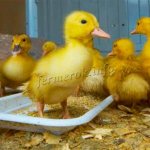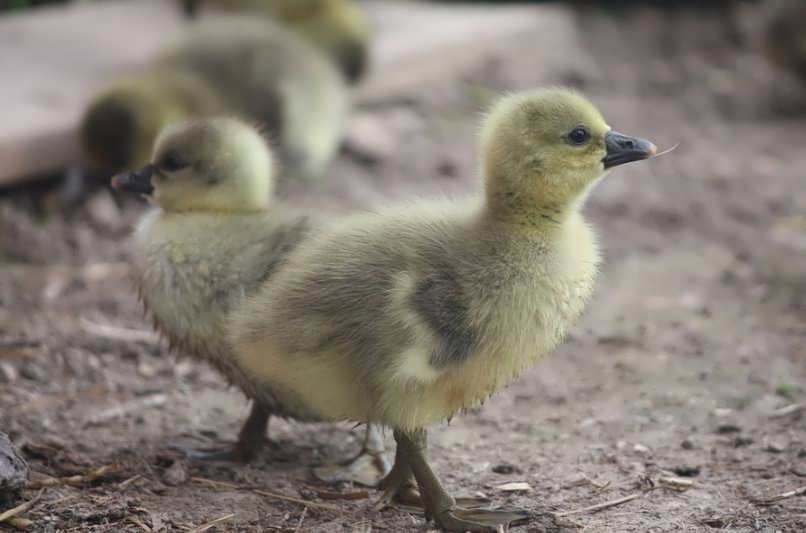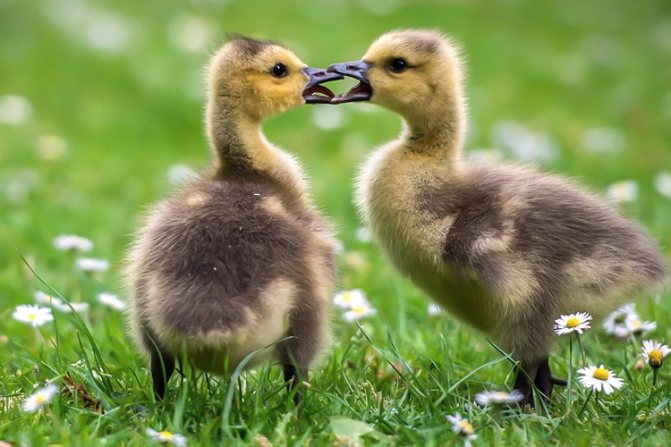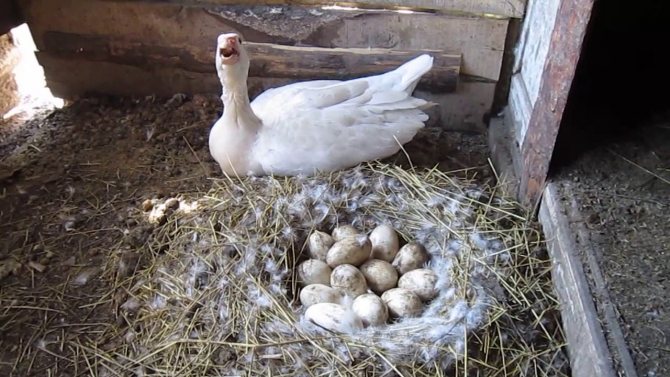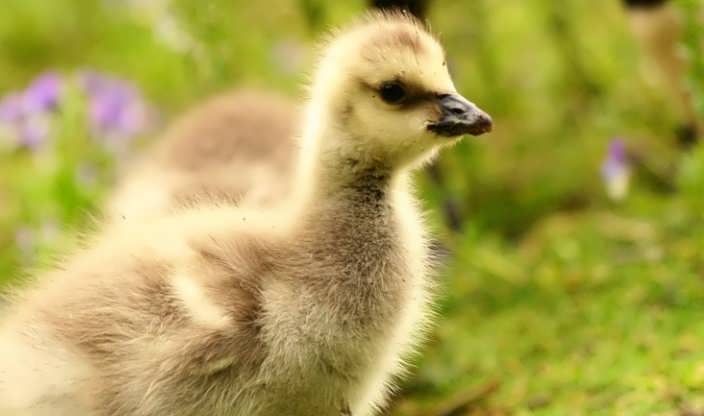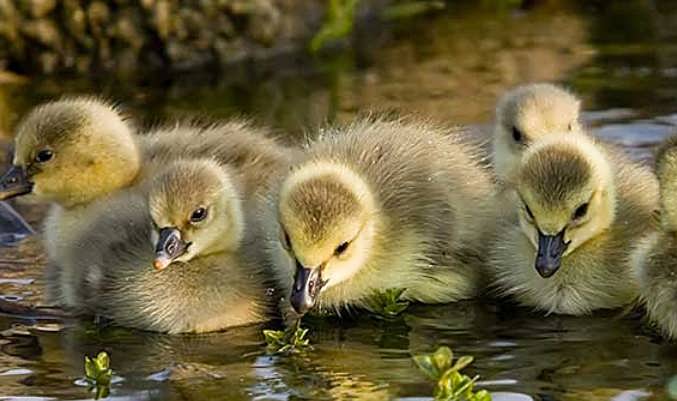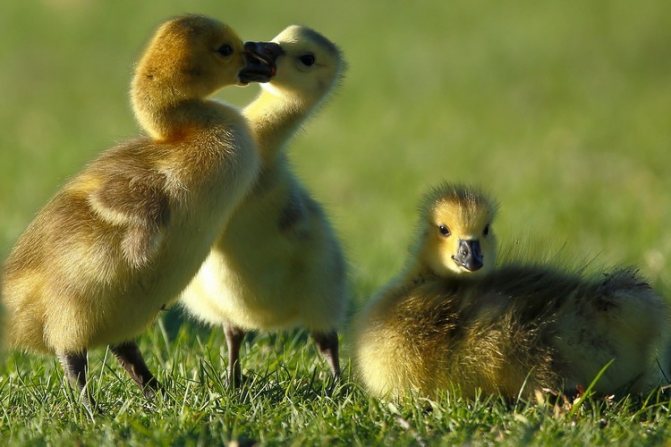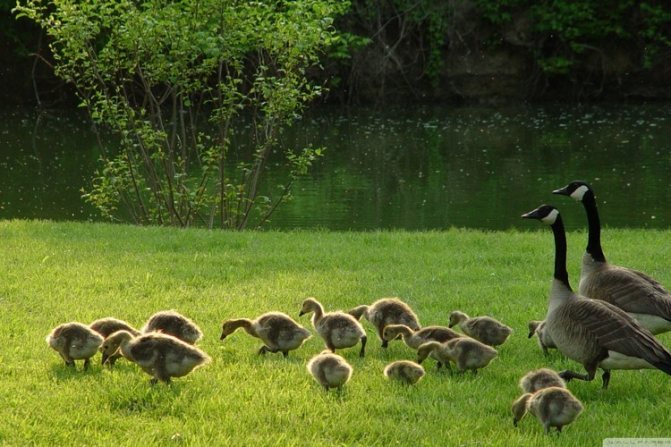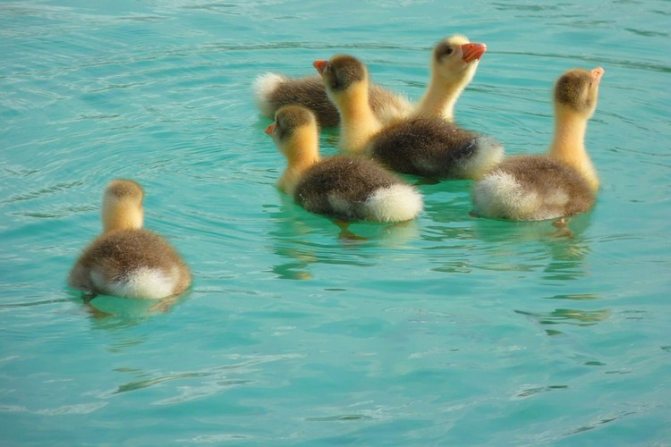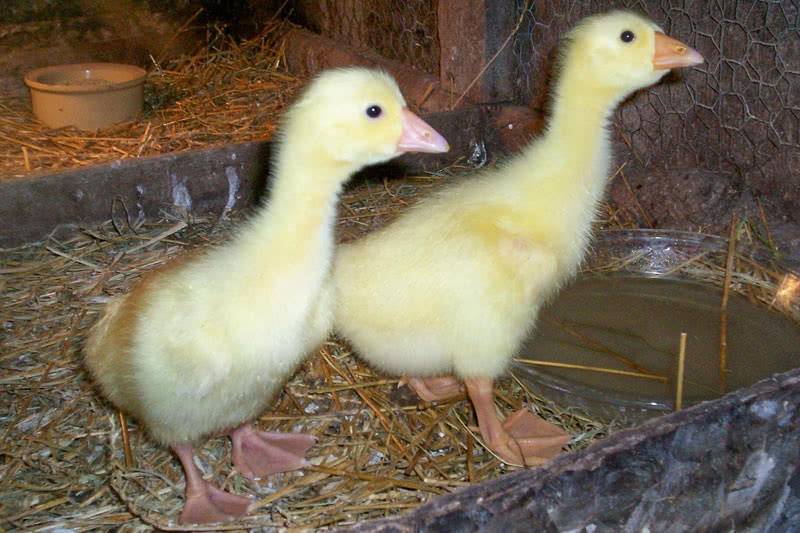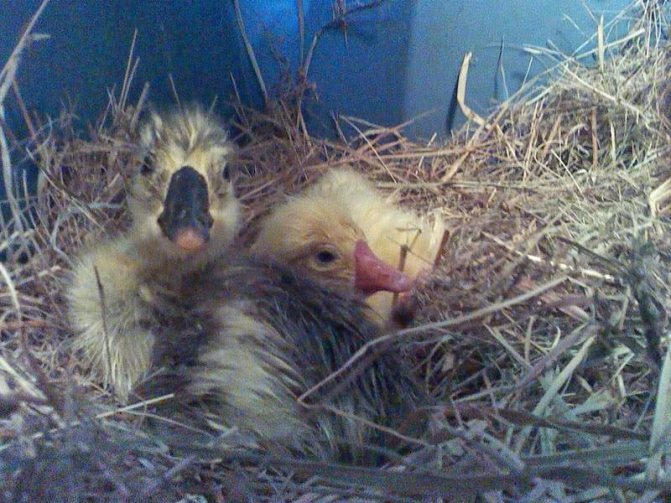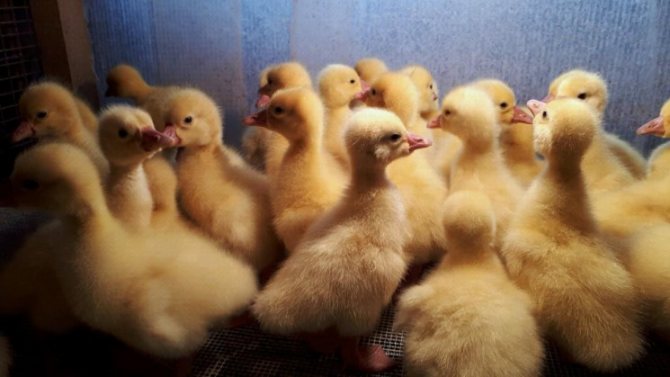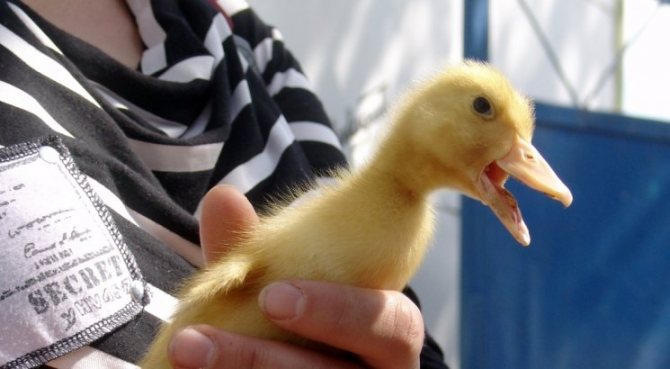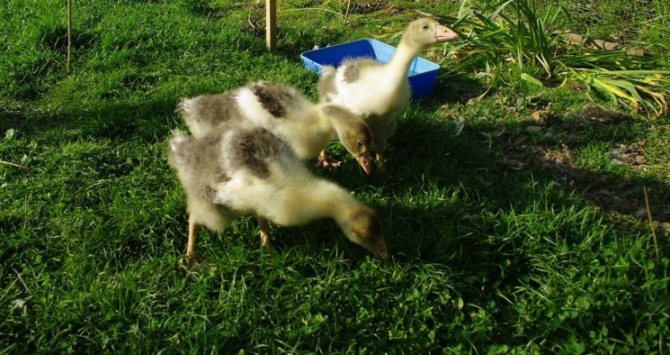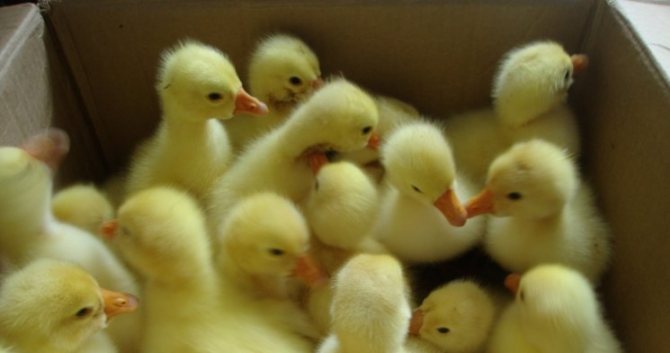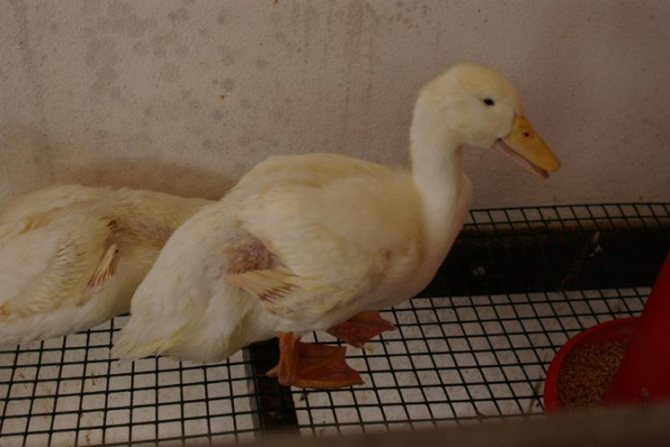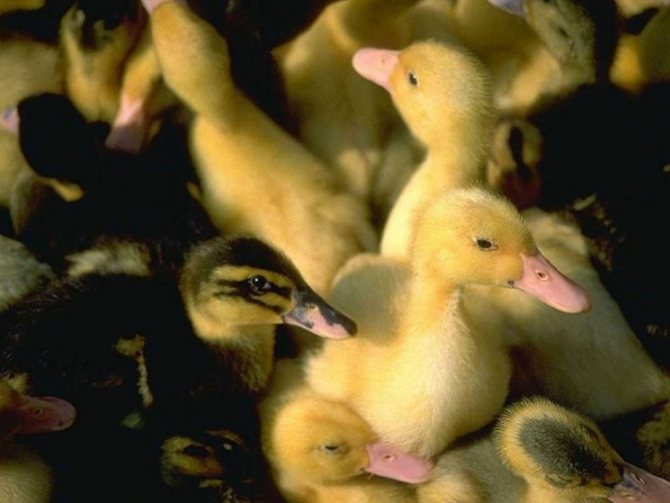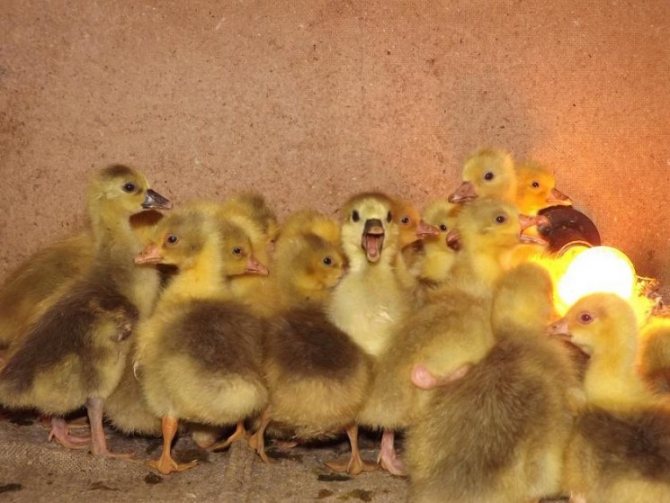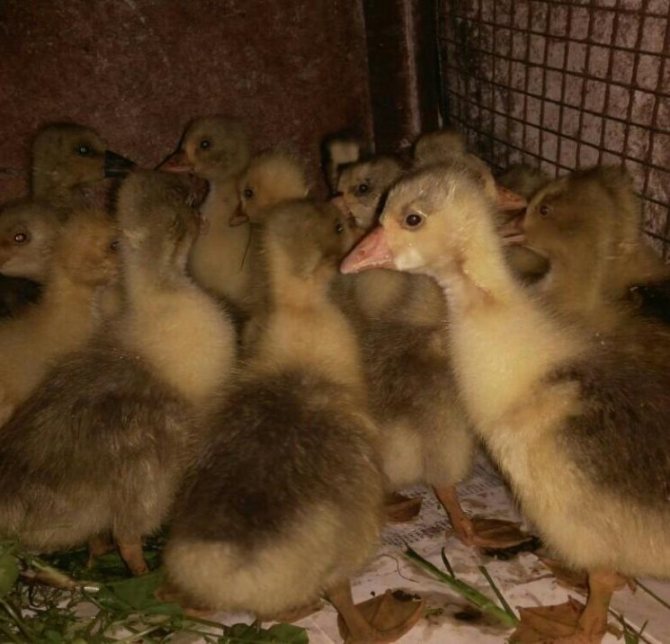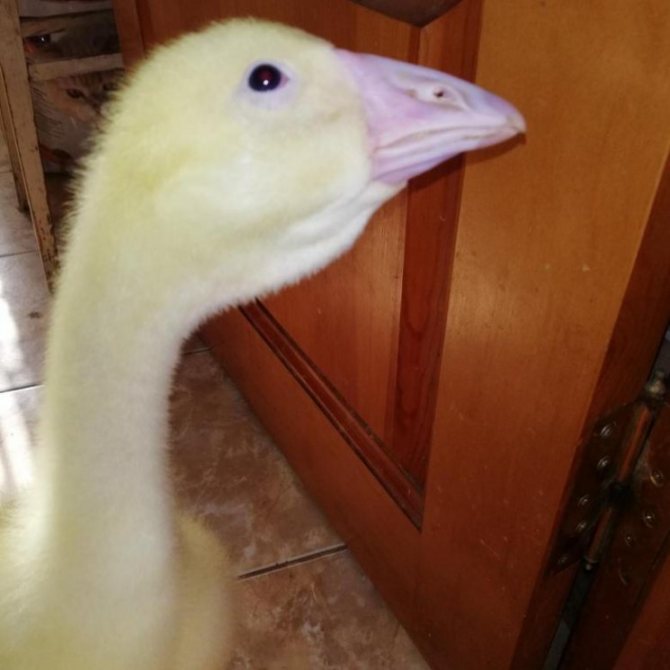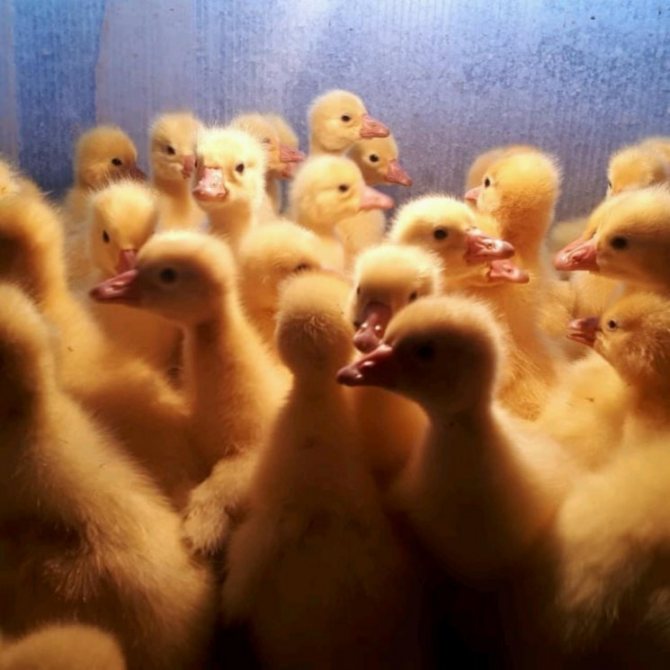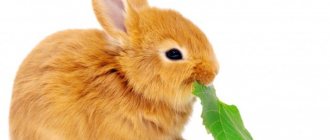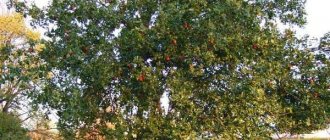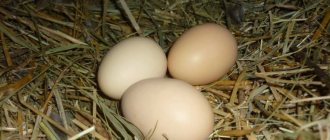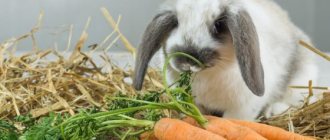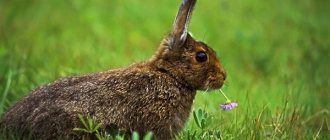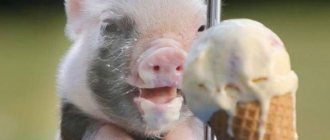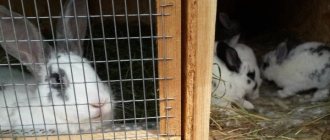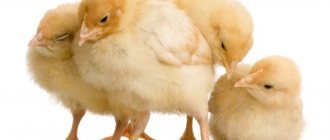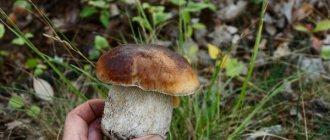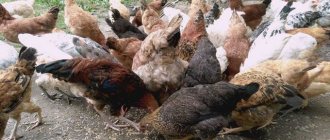Geese have long become the favorites of many homeowners and farmers. Unpretentious, rapidly gaining weight, the bird perfectly tolerates both heat and cold, meat has excellent taste, it is always in demand as excellent fillers and goose down and feathers. But those who decide to start breeding geese for the first time should remember that ease of growing comes with experience.
One of the main problems with poultry is nursing at the initial stage, in the very first days of life.
Goslings up to one month of age are susceptible to many diseases, require a special feeding ration, violations in the technology of keeping and feeding lead not only to diseases, but also to the death of the livestock.
How and what to feed daily goslings?
Unlike many other types of poultry, such as ducks and chickens, young geese are quite strong from an early age, which is why many breeders release them into a common paddock literally from the first day of life! So their daily diet is not as gentle as that of chickens or ducklings. So, how to feed the goslings during the first days at home?
On the first day, the crumbs are still very frail - they get to know the world around them. Their first meal should be simple and straightforward, so they are given a hard-boiled and minced egg, slightly diluted with boiled water. On the first day of life, boiled water with the addition of vitamins is poured into the drinker to boost the immune system.
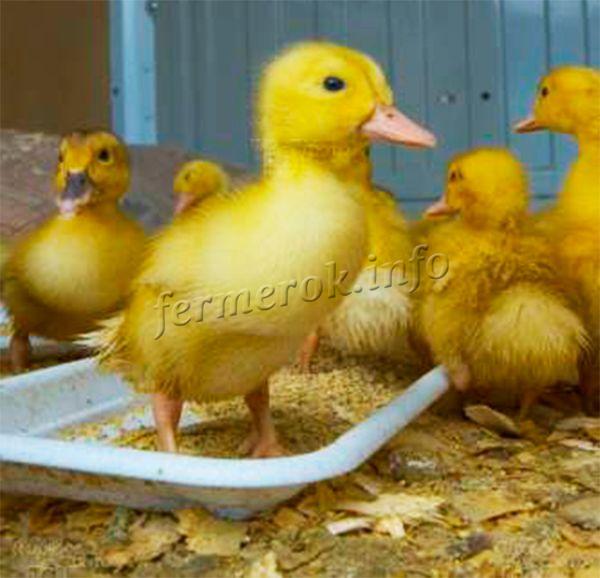
You need to feed goslings 6-8 times on the first day.
You need to feed the goslings 6-8 times on the first day. The first two times a chopped egg is fed, as mentioned above, the second two feeds are carried out with the same egg, but with the addition of chopped greens (onion feathers) The greens should be well chopped, since large pieces of goslings' feathers cannot be swallowed. On the 5th and 6th feeding on the first day, you need to add quite a bit of steamed porridge to the mixture of eggs and herbs (all the same onion feathers).
Also, for feeding goslings from the first days of life, there are compound feeds "Start" on sale, which contain all the necessary nutrients and vitamins.
What feed to give preference
The food for goslings should be rich and balanced. If it was not possible to form the correct (food composition of feed), the price of meat after slaughter will be lower than the market price.
If dry food is preferred, young geese (up to one month old) will not be able to fully extract all the nutrients from them. This is due to the fact that their digestive tract is not yet fully formed. Things are much better with ground feed, which was previously slightly soaked in water. Farmers recommend that novice poultry farmers take note of this fact.
In the matter of organizing the maintenance and nutrition of young goslings, ducklings and chickens, it must be taken into account that any significant deviation from a normal balanced diet will not go unnoticed. So, based on the reviews of poultry farmers, a deficiency or predominance of any of the food ingredients can negatively affect the well-being of the bird and cause poor-quality meat. It is necessary to give food in accordance with the developed dietary scheme.
What is the ideal food for goslings? This is by all means chopped green food mass, which is also part of the compound feed for goslings. It also contains silage, a variety of root crops, and ground dried grass.This is considered one of the most successful combinations in poultry nutrition, and all poultry breeders recommend giving it.
What do goslings eat from 2 to 10 days of life?
Check out these articles as well
- The best pear jam recipes
- Early plum varieties
- Chickens Leghorn
- Colombo potato variety
On days 2-3, the food is the same as the last feeding on the first day - an egg, greens, grains (crushed grain). From greens they give feathers of onions or clover, corn and wheat are taken. From the third or maximum of the fifth day, you need to remove the egg from the diet. But what to feed the goslings instead of him? Usually, the egg is not replaced with anything, but simply increase the amount of grains and greens. If possible, you can give the goslings a little cottage cheese, but this is not necessary.
It is important to note that even if a bird walks on a lawn with greenery from the first day of life and tries to eat it, chopped grass or other green crops are mixed into its feed until 21 days! In the daily feed, greens should be from the 5th day at least 50 grams per individual, while the grains give 20 g per head.
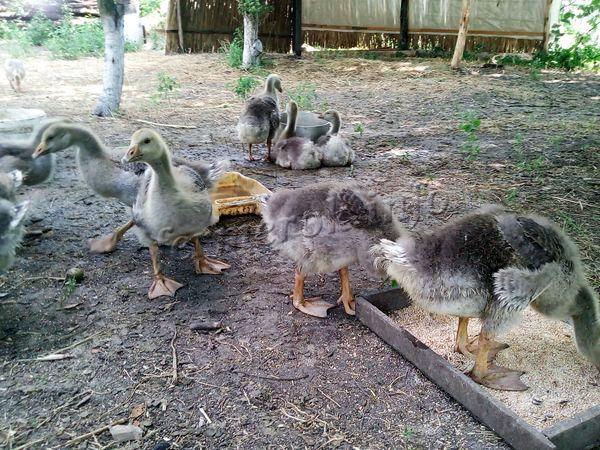

Until the 10th day, the water in the drinker should be boiled and changed 1-3 times a day
From the 7th day of life, goslings need to be fed no more than 6 times a day. Now their active development and growth begins, so they need the most nutritious and wholesome food. Peas can add nutritional value to food. Of course, they do not give it whole, but carefully crushed and steamed. You can also include small amounts of bone meal and fish oil in your diet. They are simply mixed into the daily food.
If breeders keep geese on compound feed, then PK-5 should be preferred. It is ideal for goslings of this age - balanced, tender (without large and coarse lumps), nutritious, fortified.
Until the 10th day, the water in the drinker should be boiled and changed 1-3 times a day. And for the prevention of gastrointestinal diseases, it is worth slightly tint the water with potassium permanganate every 3-4 days.
Incubator characteristics
There are two types of incubator for goose eggs: industrial or home. They differ only in the capacity of products: up to 100 eggs are laid in domestic units, and batches of more than 5000 pieces are placed in industrial units.
Naturally, the sizes will be different - the home incubator for geese is a small device that is easy to move and transport.
Industrial units are like large cabinets. There is no need to purchase them for household needs.
In addition to capacity and size, incubators are divided into egg turning methods:
- manual;
- mechanical;
- auto.
Feeding goslings from 10 to 21 days
From the 10th to the 21st day, you need to transfer goslings to 4-5 meals a day. The main food for them is still cereals (corn, wheat, and now also millet), peas and greens. But before you feed the goslings with greens, you need to figure out which one is useful for them up to 3 weeks. As greens, you can give clover, alfalfa, nettle, the rest of the herbs are still too hard for them. One individual per day takes about 100 g of greens and 40 g of grain.
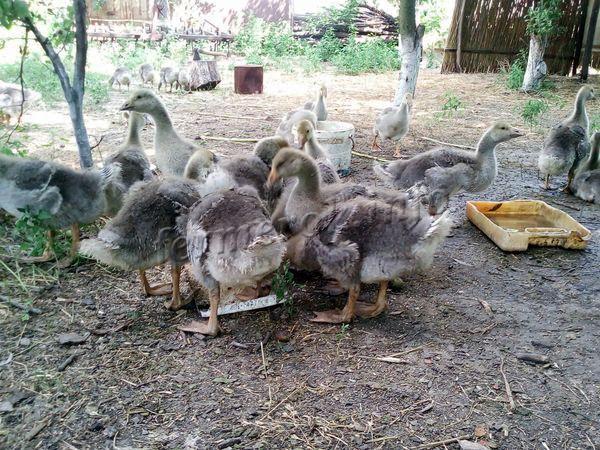

From the 10th to the 21st day, you need to transfer goslings to 4-5 meals a day
Only from 2 weeks can you start introducing mash of boiled potatoes, carrots and beets into the diet. Each individual should be given 20-30 g of mash daily. They are not only a treat for small birds, but also a nutritious complementary food with an abundance of vitamins and minerals. From 2 weeks chalk can be added to the feed little by little.
The drinker is filled with boiled water for up to 2 weeks and from 2 weeks you can start giving the birds plain water. If there is a desire or need, you can add vitamin complexes to it, they are sold in pet stores.
Selection of material for incubation
The incubation material is collected from the nests every hour so that the eggs do not have time to cool down or become dirty.
Prolonged stay in a dirty house affects hatchability: after 5 hours, microorganisms penetrate into the pores of the shell, which prevent the normal development of the embryo.
Eggs to be incubated must meet the following parameters:
- evenly colored shell without cracks and chips, smooth to the touch;
- correct shape;
- standard weight (120–160 g for eggs of light breeds of geese, 170–200 g for eggs of large breeds);
- medium size (length - 8-10 cm, width - 4-5 cm);
- absence of contamination (adhering droppings, feathers) and traces of blood.
Before laying in the incubator, the eggs are shone through with an ovoscope. This device allows you to identify unfertilized eggs or specimens with a non-viable embryo. Signs of a quality egg:
- the protein is light, without dark spots and foreign inclusions;
- the air chamber is small, located at the blunt end;
- one yolk, has no clear boundaries, is located in the central part and does not stick to the walls;
- when turned over, the yolk is mobile, easily returns to its original position.
It is important not only the quality of the incubation material, but also the age of the breeding bird from which it was obtained. Healthy offspring and eggs with good hatchability are obtained from young geese at the age of 2 to 4 years.
What can goslings eat from 3 weeks to 1 month old?
We recommend reading our other articles
- How to feed turkey poults
- Premixes for chickens
- inkstone
- Radish Heat description and characteristics of the variety
Starting from 21 days old, goslings walk for at least 6 hours on the street, they should eat a lot of green food, so if walking is not provided for, you need to provide the goslings with a lot of green food in the feeder. Greens should make up 60-75% of the daily feed requirement! They eat nettles, alfalfa, knotweed, tops of carrots, beets, thistles, wheatgrass, sorrel, duckweed, yarrow, dandelions, and spurge. Now they are given 100 grams of grain for each gosling per day.
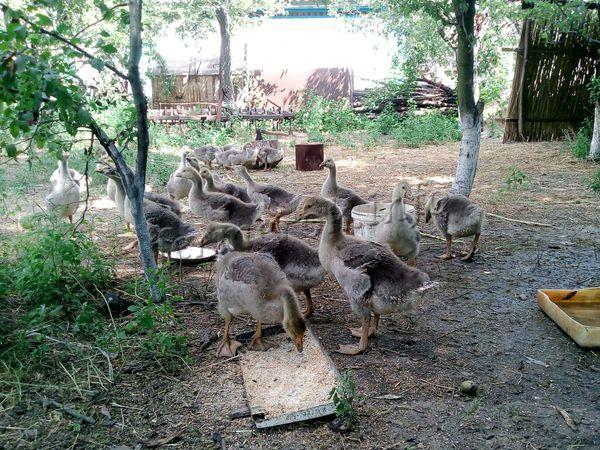

Three-week-old goslings feed no more than 3-4 times a day
Three-week-old goslings feed no more than 3-4 times a day. And what to feed three-week-old goslings other than greens? The food for geese is the same as from the second week, but in addition to food, they also need to make a separate container where crushed shell and chalk are poured. These two components are extremely important for goslings, since they not only clean their stomachs with them, but also get, by eating shell and chalk, a lot of minerals and nutrients that are scarce in the feed.
Introductory description
It cannot be said that breeding is burdened with many nuances. Geese are not whimsical in food and care, the main thing is that their home is always dry and warm. Speaking about this area of business, today it is the most profitable business.
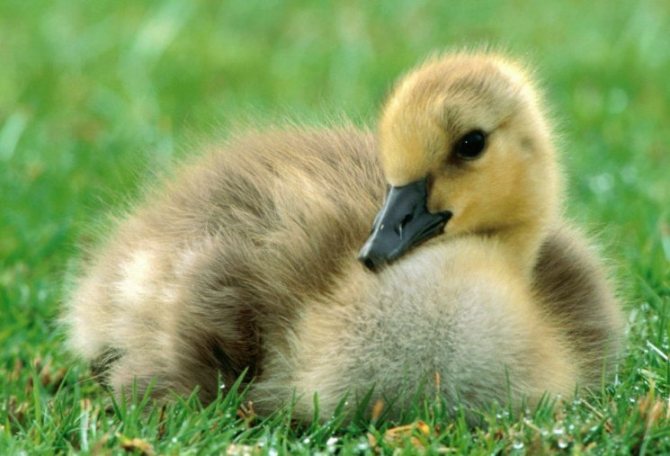

There are several features:
- Geese gain weight and grow rapidly.
- They survive the cold well and do not undergo serious illnesses with regular care.
- A large specimen will bring from 4 kg of meat to the owner.
- They have high sensitivity and intelligence. Well developed instinct, they can predict changes in the weather or impending danger. They are vindictive enough that household members should know about.
- The main period is from birthday to month. It is during this period of time that you will have to gain strength and patience so that the gosling can grow into a large and healthy bird.
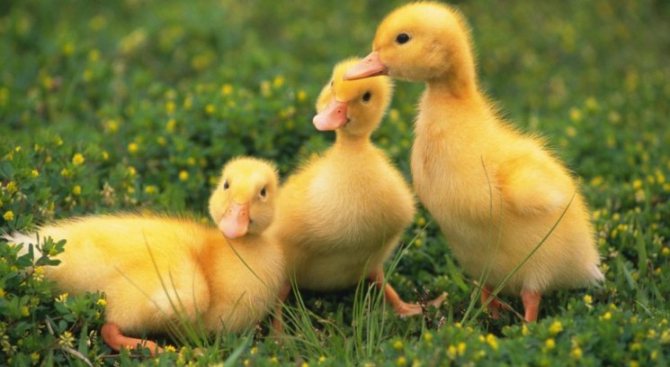

In order not to get into an unpleasant situation, several rules should be highlighted:
- It is strictly forbidden to acquire small individuals on the market from strangers. Most often they are kept in minimal conditions, and 90% of the brood dies within the first week in the new house.
- Activity - a healthy bird, even at a young age, reacts well to extraneous sounds and moves quickly.
- If the goslings are not curious and noisy, you should not buy.
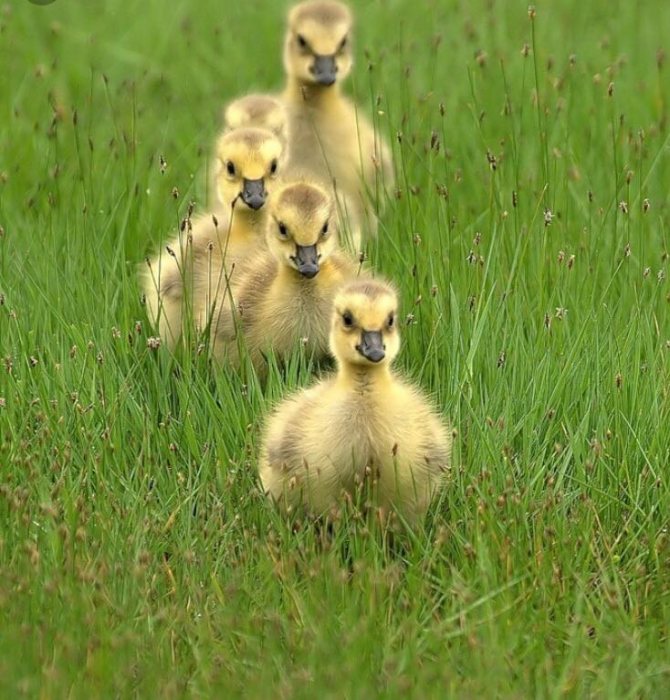

At the first stage, this information is enough to make a decision. Goslings are familiarized with information on the care and maintenance of poultry below.
How to feed goslings from 1 to 2 months?
From one month old, the goslings spend most of their time in the pen together with adults or separately. Feeding is greatly simplified, as feed outside the pen is given 2-3 times a day.
At this age, active feeding of poultry begins, so you need to know exactly how to feed monthly goslings. Obligatory components of feeding are peas, grain (200 g / gosling per day), mash from root crops. They find grass on their own while walking, so they mix it in or give it separately only if there is no walking. On the day of each individual, you need to eat at least 400-500 g of greens.
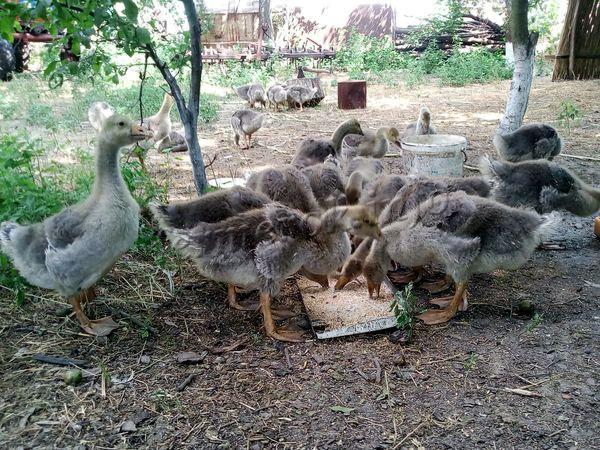

On the day of each individual, you need to eat at least 400-500 g of greens
In the third week, wheat bran, cake, salt also become part of the daily diet. You can also give compound feed for adult geese. They also eat well softened crusts of bread, waste from the table.
Now only pure water is given. Only in rare cases can vitamins be mixed into it, but it is still better to add them to food, and just give the water clean and make sure that it is always in the drinking bowl.
Bird care features
To prevent chicks raised in an incubator from getting sick and being able to feel as comfortable as possible, you should adhere to the following rules for caring for them:
- In the early days, the room temperature should be 28-29-2С. If the chicks eat and drink well, do not tend to huddle at the heat source, then the heating is organized correctly.
- After 3 days, the temperature begins to gradually decrease, bringing it to 18-20˚С by the age of three weeks.
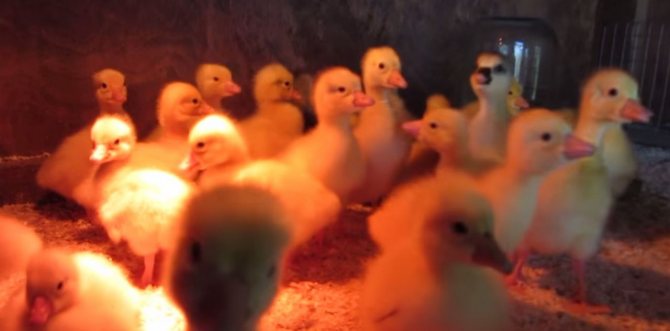

Goslings under an infrared lamp in a brooder
- For heating, infrared lamps are most often used, which are fixed at an angle.
- Heat is necessary for the goslings, but keep in mind that heaters dry out the air, so you should maintain normal humidity in the house by spraying the floor. The humidity indicator in the first two weeks should be at least 70%, and then - about 60%.
You can measure the temperature using a conventional thermometer located 30 cm from the heat source and at a height of 12-15 cm from the floor.
The output of chicks incubated by a brood is higher than when goslings are raised in an incubator. But in the process of incubating goose eggs, a situation may arise when the bird refuses to leave the nest to eat. In this case, it is required to force feed the bird in order to avoid its exhaustion and death. In the early days, it is advisable to provide sufficient heating in the house, since thermoregulation has not yet been established in newborn chicks. In the daytime, chicks can be with a brood hen, and at night it is advisable to place them in a separate room.
Find out more about incubating goose eggs! How to choose eggs, what are the rules for laying. Incubation temperature, ventilation and air humidity in the incubator. Read: Incubation of goose eggs.
Egg incubators prices
Egg incubators


A brood goose may refuse to leave the nest to eat
Competent care and adequate feeding from the first day is a guarantee of health and the absence of diseases in the livestock.


Disinfection and cleaning in the poultry house
Expert advice
Feeding goslings is not easy, but providing proper nutrition is beneficial for the breeder. Above, it was detailed how to feed goslings at home for up to 2 months, when they can already be slaughtered or left for further breeding. Below are some guidelines to follow when feeding young goslings.
- Food for young goslings, up to a week old, should be scattered on a hard flat surface, slightly raised from the ground. So it will be comfortable for the goslings, and the food will not be trampled.
- Food prepared for goslings should always be fresh. Therefore, young animals are given food only once, they should eat it in a maximum of 30 minutes.If the feed is gone, it is thrown away, otherwise diarrhea may begin in the entire livestock.
- Starting from the first day of life, the greens in the goslings' feed should be at least 50% of the daily feed rate.
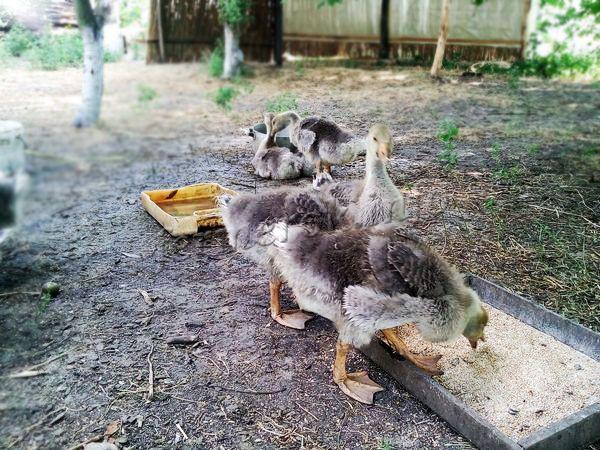

Food for goslings should be crumbly, not sticky or runny.
- Food for goslings should be crumbly, not sticky or runny, otherwise it can clog the sinuses. And although geese, even at a young age, are able to clean them in water on their own, such an experience is undesirable for young animals. So before you feed the goslings, it's worth checking the consistency of the food.
- Drinking bowls for goslings should be deep so they can clean their sinuses. The drinking bowl should be placed at such a height that the goslings can reach it, but it should not hang too low, otherwise dirt will get into the water. So as the goslings grow, the drinker is moved higher, so the birds will feel comfortable and the water will remain clean.
- Feeders and drinkers for goslings should be washed every day before placing food or water in them. The remnants of old food can turn sour, spoil, and parasites get in them, so the consumption of food or water from a dirty container can lead goslings, first to severe diarrhea, and then to death.
Grazing
On warm sunny days, goslings should be released from the incubator for walks from the second week of life. The duration of the first walks - no more than 30 minutes... After two or three days, walks are gradually extended to 2 hours, by the age of one month - up to 4-6. It is imperative to take care of the safety of grazing, the absence of dangerous plants on it, places from which predators can attack. Goslings are defenseless, even cats pose a threat to them, so you should take care of fencing the place where the babies are released, covering even from above with a strong net.
Do not leave the bird unattended: babies are very curious, they love to look for opportunities to escape, they often get stuck in the cracks of fences and mesh cells, gasping for breath.
After the goslings are 1 month old, they can be transferred to free pasture maintenance, that is, they can be released into the meadow for the whole day.
Goslings from under the hen
Goslings reared by a brood hen require almost no human care. If necessary, the mother will take care of timely assistance, warm the chicks, show what is and how it is.
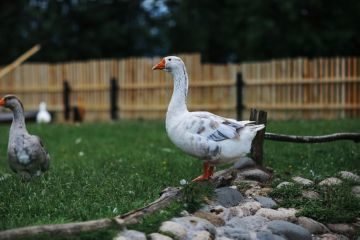

- Already on the 3rd day, the goose brings offspring to the pasture, carefully guarding it from any danger.
- At this time, it is worth paying attention to the weakened goslings, which are best isolated from the rest, ensuring proper feeding and treatment.
- Often the leader of the pack comes to the aid of the goose, and the adults do not show aggression towards the kids.
Goslings desperately need fresh air, clean water and sufficient feed for normal growth and development. Rain, wind, dampness lead to colds and infections. You should not take the young for walks at this time, it will be safer for them indoors. If a goose takes care of the offspring, she will shelter them from the weather, not relying on people.
Premises
One of the causes of illness and death of young animals is the crowding of goslings in crowded conditions. The requirements for the pen, where the geese grow up, are quite strict.
- Up to 1 month, no more than 10 goslings can be freely placed on 1 square meter.
- From 30 to 60 days - no more than 4.
- After 2 months, 1 pair of birds is placed for each square meter.
- The room should protect young birds from drafts and cold.
- A reliable canopy is needed to protect against rain.
- The floor is always warm, does not accumulate dampness, with a mat.
- Ventilation slots for fresh air is another prerequisite
The bedding of straw or sawdust should be changed at least once every 2 days, avoiding the accumulation of moisture and waste.
Self-production
Before assembling an incubator for geese with your own hands, you need to stock up on the following material:
- a box (incubator body) - it can be foam, plywood or any other;
- screws and a screwdriver;
- sealant;
- mesh;
- metal corners;
- foil;
- with a knife;
- glass for the window;
- trays for laying eggs.
Phased assembly
After the material is prepared, assembly is started. In the housing for the incubator, the slightest cracks and holes must be carefully sealed with a sealant so that there is no heat leakage.
At the bottom of the incubator, containers with water are placed to maintain the desired humidity. Anything will do: cups, bowls, mugs. A mesh is attached on top.
Inside the box, using corners, we attach trays, which are better made from wooden slats.
For heating, you need 4-5 bulbs of 25 watts. At the top you need to make holes for the cartridges. The distance from the lamps to the masonry is at least 15 centimeters.
At the bottom and at the top, 8 holes with a diameter of 10-12 centimeters are drilled for exhaust and air circulation.
The inner walls of a homemade incubator are pasted over with foil.
A thermometer will help to monitor the temperature - it is installed inside the incubator.
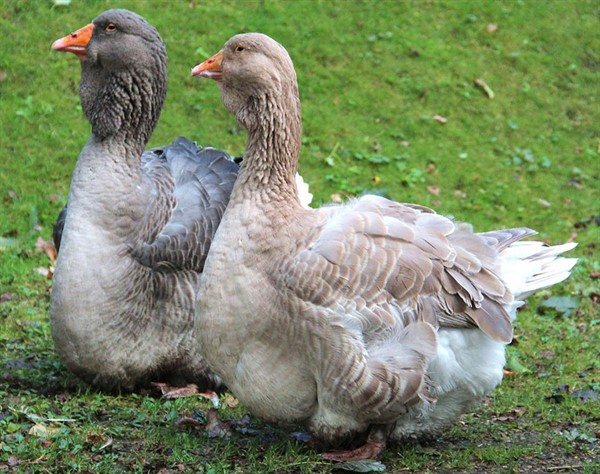

To control the eggs, a viewing window is made in the upper part of the incubator.
The incubator is ready, you can breed the bird.
Before laying goose eggs, it is necessary to check the operation of the incubator well.
Two weeks of age
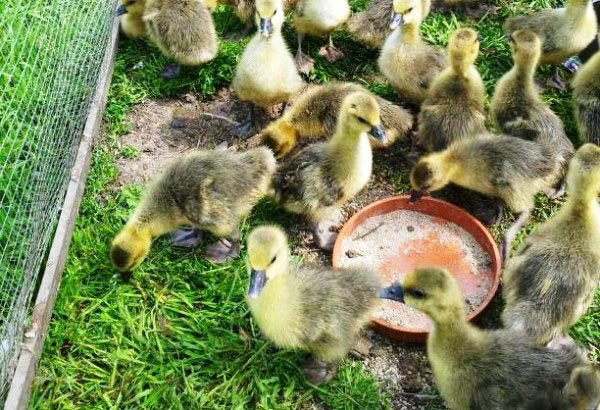

During this period of development, mash is added to the diet. They are prepared from boiled vegetables - carrots, beets, potatoes, etc.
The mash should be crumbly so that the liquid consistency does not clog the airways of the birds!
It is useful to add compound feed to the brood ration. In addition, chicks need gravel for proper digestion, as well as chalk, sand, crushed shells,
Helping the weak
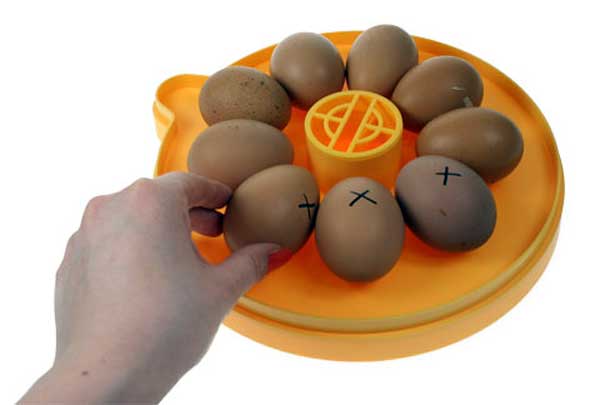

If pecking on the shell is too hard, you need to carefully help the chick - break a small piece of the shell with a fingernail or tweezers and leave the egg - then the gosling will get out on their own. Just do not rush - hatching of one chick can last up to 24 hours.
Chicks appear wet, with stuck together fluff, so they should be in the incubator until completely dry. And only after the fluff is completely dry and fluffed, the gosling can be transplanted into a brooder. Its incubation period is over.

